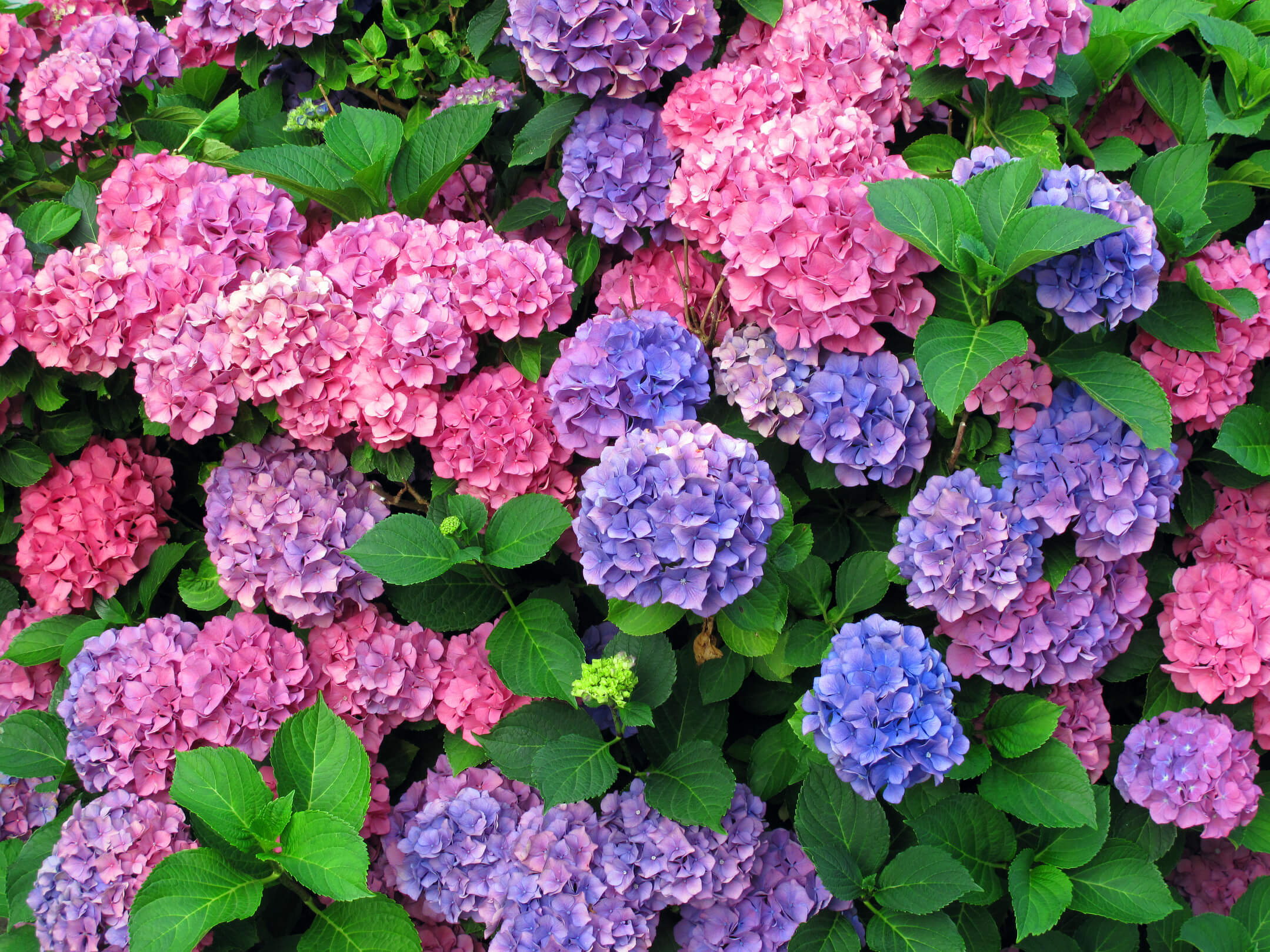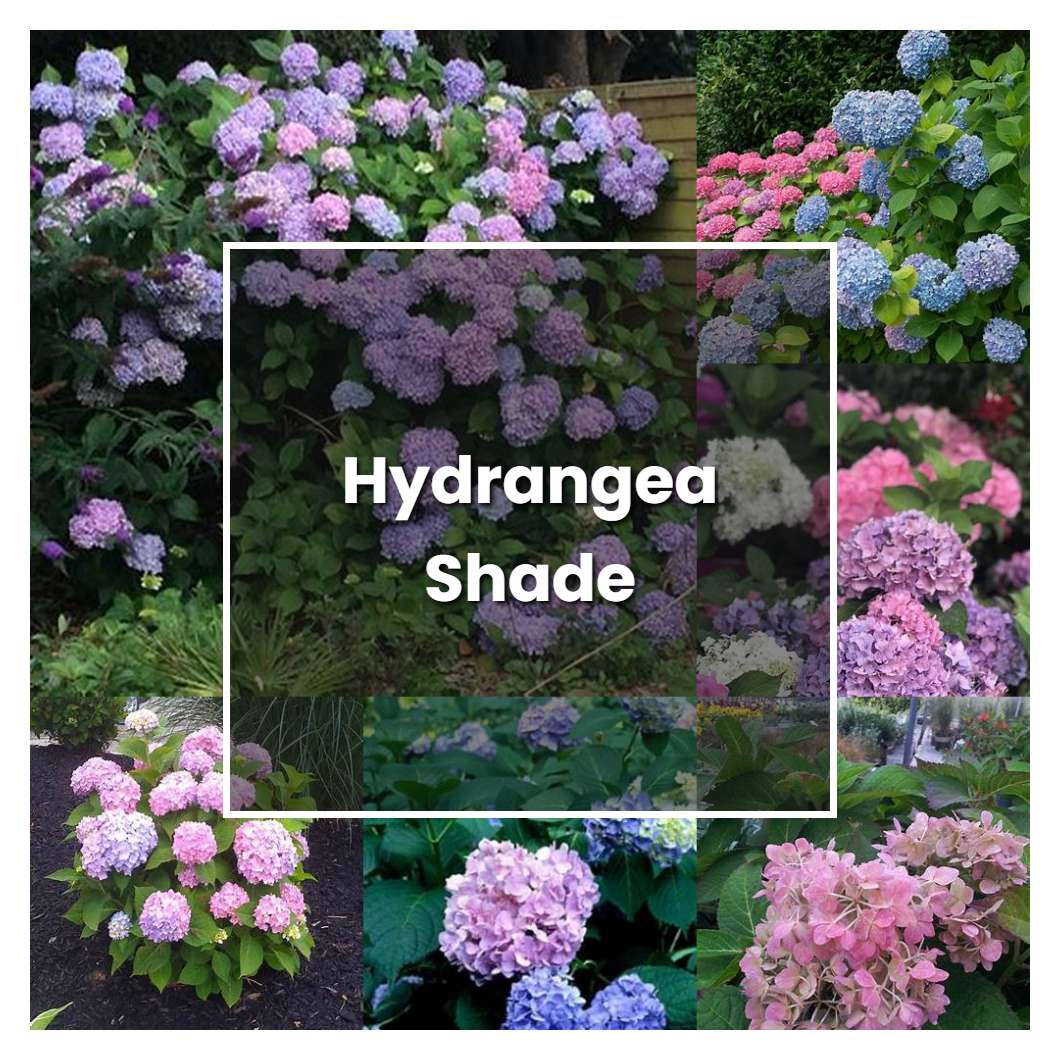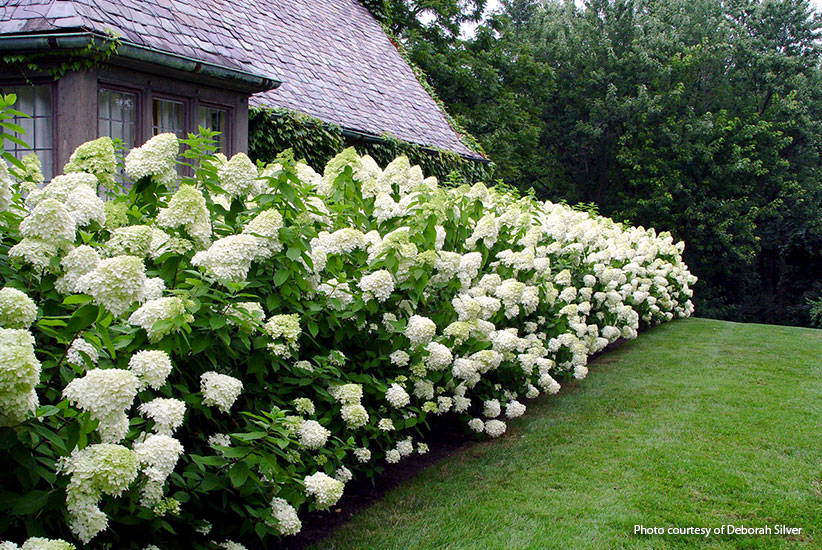Understanding Hydrangea Light Requirements: A Guide to Optimal Growth
Hydrangeas are one of the most popular flowering shrubs in gardens, and their ability to thrive in various light conditions makes them a versatile choice for gardeners. However, understanding hydrangea light requirements is crucial for optimal growth and blooming. While hydrangeas can tolerate a range of light conditions, they generally require at least partial shade to partial sun to produce an abundance of flowers.
In general, hydrangeas prefer morning sun and afternoon shade, especially in warmer climates. This allows them to receive the necessary light for photosynthesis while avoiding intense heat that can cause stress. In cooler climates, hydrangeas can tolerate more sun, but it’s essential to ensure they receive some shade during the hottest part of the day.
When it comes to hydrangea full sun or shade, it’s essential to consider the specific variety of hydrangea you’re growing. Some varieties, such as ‘Limelight’ and ‘Vanilla Strawberry’, are more tolerant of full sun, while others, like ‘Endless Summer’ and ‘Blume’, prefer partial shade. Understanding the specific light requirements of your hydrangea variety will help you provide the optimal conditions for growth and blooming.
In addition to considering the light requirements of your hydrangea variety, it’s also essential to assess the overall light conditions in your garden. Take note of the direction your garden faces, the presence of trees or buildings that may cast shade, and the time of day when the sun is strongest. By understanding the light conditions in your garden, you can choose the perfect spot for your hydrangea and provide the necessary care for optimal growth.
By providing your hydrangea with the right amount of light, you’ll be rewarded with an abundance of beautiful flowers and a healthy, thriving plant. Whether you’re growing hydrangeas in full sun or shade, understanding their light requirements is key to unlocking their full potential.
How to Choose the Perfect Spot for Your Hydrangea: Assessing Sun and Shade Patterns
When it comes to choosing the perfect spot for your hydrangea, understanding sun and shade patterns in your garden is crucial. Hydrangeas can thrive in a range of light conditions, but they generally require at least partial shade to partial sun to produce an abundance of flowers. To determine the best spot for your hydrangea, start by assessing the sun and shade patterns in your garden.
Begin by observing the direction your garden faces. If your garden faces south, it will receive full sun for most of the day, while a north-facing garden will receive partial shade. East- and west-facing gardens will receive morning and afternoon sun, respectively.
Next, consider the presence of trees or buildings that may cast shade. If you have trees with dense foliage, they may block sunlight from reaching your hydrangea, while buildings can cast long shadows that affect the amount of sunlight your hydrangea receives.
Seasonal changes also play a significant role in sun and shade patterns. In the summer, the sun is higher in the sky, and your hydrangea may receive more direct sunlight. In the winter, the sun is lower in the sky, and your hydrangea may receive more shade.
To get a better understanding of the sun and shade patterns in your garden, try creating a sun map. Observe the sun’s movement throughout the day and note the areas of your garden that receive full sun, partial shade, and full shade. This will help you determine the best spot for your hydrangea and ensure it receives the right amount of light.
When choosing a spot for your hydrangea, also consider the soil quality and drainage. Hydrangeas prefer well-draining soil that is rich in organic matter. Avoid planting your hydrangea in low-lying areas where water may collect, as this can lead to root rot and other problems.
By taking the time to assess sun and shade patterns in your garden, you can choose the perfect spot for your hydrangea and provide it with the right conditions for optimal growth and blooming. Whether you’re growing hydrangeas in full sun or shade, understanding the light requirements of your plant is key to unlocking its full potential.
The Effects of Full Sun on Hydrangeas: Pros, Cons, and Special Considerations
Hydrangeas can thrive in full sun, but it’s essential to understand the pros and cons of growing these beautiful flowers in direct sunlight. On the one hand, full sun can promote healthy growth and blooming, especially for varieties like ‘Limelight’ and ‘Vanilla Strawberry’. These hydrangeas can produce an abundance of flowers and grow quite large when given enough sunlight.
However, full sun can also have its drawbacks. Hydrangeas grown in full sun may be more susceptible to heat stress and drought, especially in warmer climates. This can cause the leaves to become scorched and the flowers to wilt. Additionally, full sun can lead to soil drying out quickly, which can be detrimental to the health of the plant.
Despite these challenges, many hydrangea varieties can thrive in full sun with proper care. To ensure the success of your hydrangea in full sun, make sure to provide it with adequate watering and fertilization. Mulching around the base of the plant can also help retain moisture and regulate soil temperature.
Some hydrangea varieties are more tolerant of full sun than others. ‘Endless Summer’ and ‘Blume’ are two popular varieties that can thrive in full sun, but they still require some shade during the hottest part of the day. ‘Limelight’ and ‘Vanilla Strawberry’, on the other hand, can tolerate full sun for most of the day, but they still need some shade to prevent scorching.
When growing hydrangeas in full sun, it’s also essential to consider the soil quality. Hydrangeas prefer well-draining soil that is rich in organic matter. Adding compost or well-rotted manure to the soil can help improve its structure and fertility.
In summary, growing hydrangeas in full sun can be beneficial for their growth and blooming, but it’s crucial to be aware of the potential drawbacks. By providing proper care, including adequate watering, fertilization, and mulching, you can help your hydrangea thrive in full sun. Whether you’re growing hydrangeas in full sun or shade, understanding their light requirements is key to unlocking their full potential.
Thriving in the Shade: How to Care for Hydrangeas in Low-Light Conditions
While hydrangeas can thrive in full sun, they can also do well in shade, especially in warmer climates. In fact, some hydrangea varieties prefer partial shade to full sun, and can produce more vibrant flowers and healthier foliage in low-light conditions. If you’re growing hydrangeas in shade, here are some tips to help them thrive.
Soil is a crucial factor in hydrangea care, regardless of the amount of sunlight they receive. In shade, hydrangeas prefer well-draining soil that is rich in organic matter. Adding compost or well-rotted manure to the soil can help improve its structure and fertility. Avoid using heavy clay soils, as they can retain too much water and cause root rot.
Watering is also essential for hydrangeas in shade. While they may not require as much water as those in full sun, they still need consistent moisture to thrive. Water your hydrangeas deeply once or twice a week, depending on weather conditions. Avoid getting water on the leaves or flowers to prevent fungal diseases.
Fertilization is another important aspect of hydrangea care in shade. Use a balanced fertilizer that is high in phosphorus to promote blooming and root growth. Avoid using high-nitrogen fertilizers, as they can promote leaf growth at the expense of flowers.
Some hydrangea varieties are more tolerant of shade than others. ‘Endless Summer’ and ‘Blume’ are two popular varieties that can thrive in partial shade, while ‘Limelight’ and ‘Vanilla Strawberry’ prefer full sun to partial shade. If you’re growing hydrangeas in shade, make sure to choose a variety that is suitable for low-light conditions.
Shade can also provide benefits for hydrangeas, such as reduced heat stress and increased moisture retention. In warmer climates, shade can help prevent hydrangeas from becoming scorched or drought-stressed. Additionally, shade can help retain moisture in the soil, reducing the need for frequent watering.
In summary, hydrangeas can thrive in shade with proper care. By providing well-draining soil, consistent moisture, and balanced fertilization, you can help your hydrangeas produce vibrant flowers and healthy foliage in low-light conditions. Whether you’re growing hydrangeas in full sun or shade, understanding their light requirements is key to unlocking their full potential.
Hydrangea Varieties for Full Sun and Shade: A Selection Guide
When it comes to choosing the right hydrangea variety for your garden, it’s essential to consider the amount of sunlight it will receive. Some hydrangeas thrive in full sun, while others prefer partial shade. Here are some popular hydrangea varieties that can tolerate full sun and shade, along with their characteristics and growing conditions.
‘Limelight’ is a popular hydrangea variety that can thrive in full sun to partial shade. It produces large, greenish-white flowers in the summer and has a compact growth habit, making it ideal for smaller gardens. ‘Limelight’ prefers well-draining soil and consistent moisture, but can tolerate some drought.
‘Endless Summer’ is another popular hydrangea variety that can tolerate full sun to partial shade. It produces large, blue flowers in the summer and has a more upright growth habit than ‘Limelight’. ‘Endless Summer’ prefers well-draining soil and consistent moisture, but can tolerate some drought.
‘Blume’ is a hydrangea variety that prefers partial shade to full sun. It produces large, pink flowers in the summer and has a compact growth habit, making it ideal for smaller gardens. ‘Blume’ prefers well-draining soil and consistent moisture, but can tolerate some drought.
‘Vanilla Strawberry’ is a hydrangea variety that can tolerate full sun to partial shade. It produces large, white flowers in the summer that turn pink as they age. ‘Vanilla Strawberry’ prefers well-draining soil and consistent moisture, but can tolerate some drought.
When choosing a hydrangea variety, it’s essential to consider the specific growing conditions of your garden. If you have a garden that receives full sun, choose a variety that can tolerate it, such as ‘Limelight’ or ‘Endless Summer’. If you have a garden that receives partial shade, choose a variety that prefers it, such as ‘Blume’ or ‘Vanilla Strawberry’.
By choosing the right hydrangea variety for your garden, you can ensure that it receives the right amount of sunlight and thrives. Whether you’re growing hydrangeas in full sun or shade, understanding their light requirements is key to unlocking their full potential.
Common Mistakes to Avoid When Growing Hydrangeas in Sun or Shade
When growing hydrangeas in sun or shade, there are several common mistakes to avoid. These mistakes can lead to poor growth, reduced blooming, and even plant death. By understanding these common mistakes, you can take steps to prevent them and ensure your hydrangeas thrive.
One of the most common mistakes is inadequate watering. Hydrangeas need consistent moisture, especially when they’re producing flowers. However, overwatering can be just as detrimental, leading to root rot and other problems. Make sure to check the soil regularly and adjust your watering schedule accordingly.
Another mistake is poor soil quality. Hydrangeas prefer well-draining soil that is rich in organic matter. If your soil is heavy clay or sandy, it may not provide the right conditions for your hydrangeas. Consider adding compost or well-rotted manure to improve soil quality.
Insufficient fertilization is another common mistake. Hydrangeas need regular fertilization to promote healthy growth and blooming. Use a balanced fertilizer that is high in phosphorus to promote blooming, and avoid overfertilizing, which can lead to weak growth and reduced blooming.
Not providing enough support is another mistake to avoid. Hydrangeas can grow quite large, and may need staking or other support to prevent them from toppling over. Make sure to provide support early in the growing season to prevent damage to the plant.
Finally, not monitoring for pests and diseases is a common mistake. Hydrangeas can be susceptible to pests like aphids and whiteflies, and diseases like powdery mildew and leaf spot. Regularly inspect your plants and take action quickly if you notice any problems.
By avoiding these common mistakes, you can help your hydrangeas thrive in sun or shade. Remember to provide consistent moisture, improve soil quality, fertilize regularly, provide support, and monitor for pests and diseases. With proper care, your hydrangeas will reward you with beautiful flowers and healthy growth.
Creating a Hydrangea-Friendly Garden: Tips for Design and Maintenance
Creating a hydrangea-friendly garden requires careful consideration of several factors, including garden design, soil preparation, and maintenance. By following these tips, you can create a beautiful and thriving garden that showcases your hydrangeas.
When designing your garden, consider the mature size of your hydrangeas and leave enough space for them to grow. Hydrangeas can grow quite large, so make sure to provide enough room for them to spread out. Also, consider the color and texture of your hydrangeas and choose companion plants that complement them.
Soil preparation is also crucial for creating a hydrangea-friendly garden. Hydrangeas prefer well-draining soil that is rich in organic matter. Add compost or well-rotted manure to your soil to improve its structure and fertility. Also, consider the pH level of your soil and adjust it if necessary. Hydrangeas prefer a slightly acidic to neutral soil pH.
Maintenance is also important for creating a hydrangea-friendly garden. Make sure to water your hydrangeas regularly, but avoid overwatering. Also, fertilize your hydrangeas regularly, but avoid overfertilizing. Prune your hydrangeas regularly to maintain their shape and promote healthy growth.
Companion planting is also a great way to create a hydrangea-friendly garden. Choose plants that complement the color and texture of your hydrangeas, such as hostas, daylilies, and coneflowers. Also, consider plants that provide shade, such as trees or shrubs, to create a more diverse and interesting garden.
Mulching is also an important part of creating a hydrangea-friendly garden. Mulch helps to retain moisture, suppress weeds, and regulate soil temperature. Use a thick layer of organic mulch, such as wood chips or bark, around the base of your hydrangeas.
By following these tips, you can create a beautiful and thriving hydrangea-friendly garden. Remember to consider garden design, soil preparation, and maintenance when creating your garden. Also, don’t forget to choose companion plants and mulch to create a more diverse and interesting garden.
Conclusion: Finding the Perfect Balance of Sun and Shade for Your Hydrangea
Understanding hydrangea light requirements is crucial for optimal growth and blooming. By considering the specific needs of your hydrangea variety and providing the right balance of sun and shade, you can create a thriving and beautiful garden. Remember to assess sun and shade patterns in your garden, choose the right variety for your conditions, and provide proper care, including soil preparation, watering, and fertilization.
By following the tips and guidelines outlined in this article, you can find the perfect balance of sun and shade for your hydrangea. Don’t be afraid to experiment and try different combinations of sun and shade to find what works best for your plant. With a little patience and practice, you can create a stunning hydrangea garden that will be the envy of all your friends and neighbors.
Here is a final checklist to help you find the perfect balance of sun and shade for your hydrangea:
- Assess sun and shade patterns in your garden
- Choose the right hydrangea variety for your conditions
- Provide proper care, including soil preparation, watering, and fertilization
- Experiment with different combinations of sun and shade to find what works best for your plant
- Monitor your plant’s response to different light conditions and adjust accordingly
By following these steps and considering the specific needs of your hydrangea, you can create a beautiful and thriving garden that will bring joy and beauty to your outdoor space.




:max_bytes(150000):strip_icc()/GettyImages-176658230-4f5f69cc0a4f44f3b7b3cb9d95849736.jpg)



